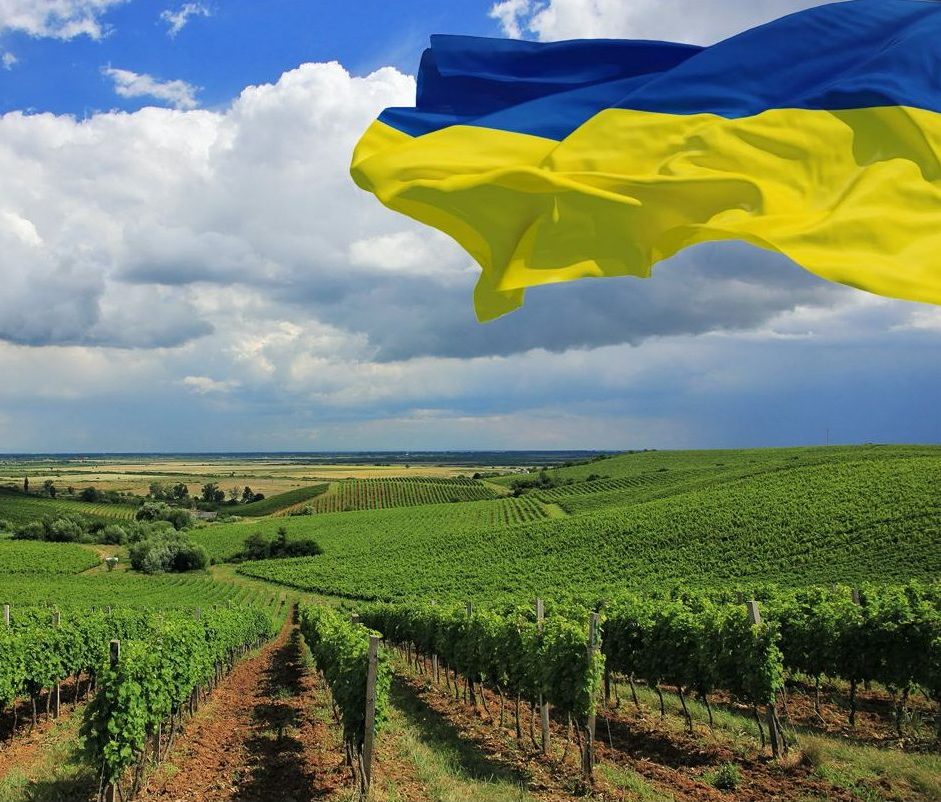
The first found remains of Vitis vinifera in the Crimea

The first found remains of Vitis vinifera in the Crimea
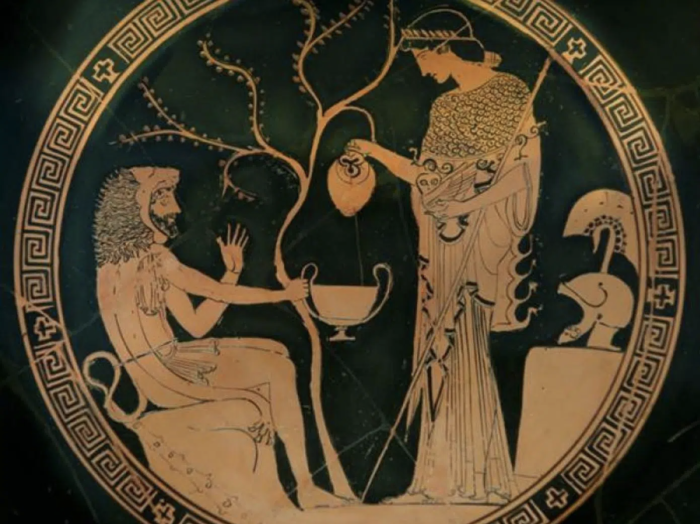
Greek colonists produced wines in the Crimea and the Black Sea region
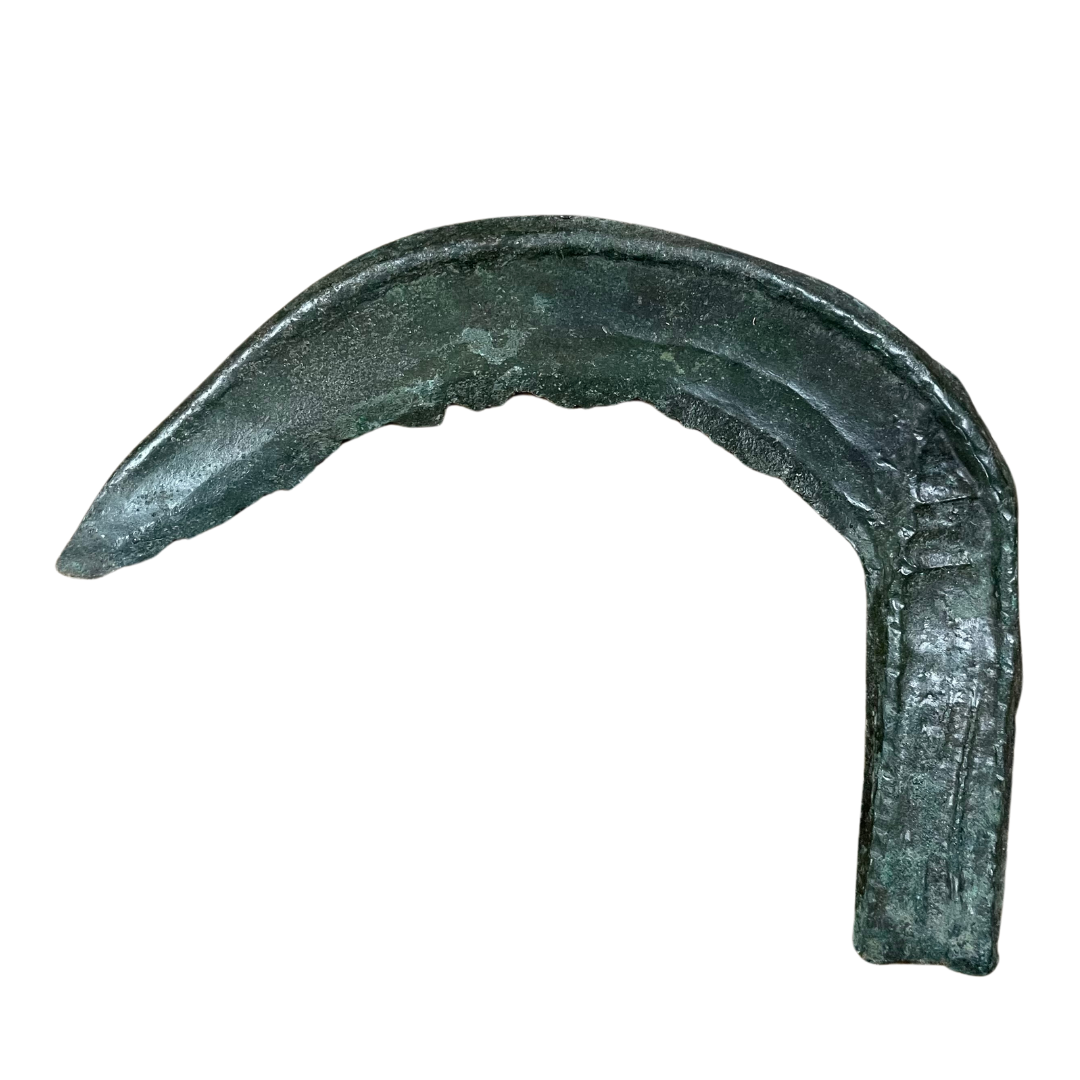
Grape knives were found on the territory of Zakarpattia
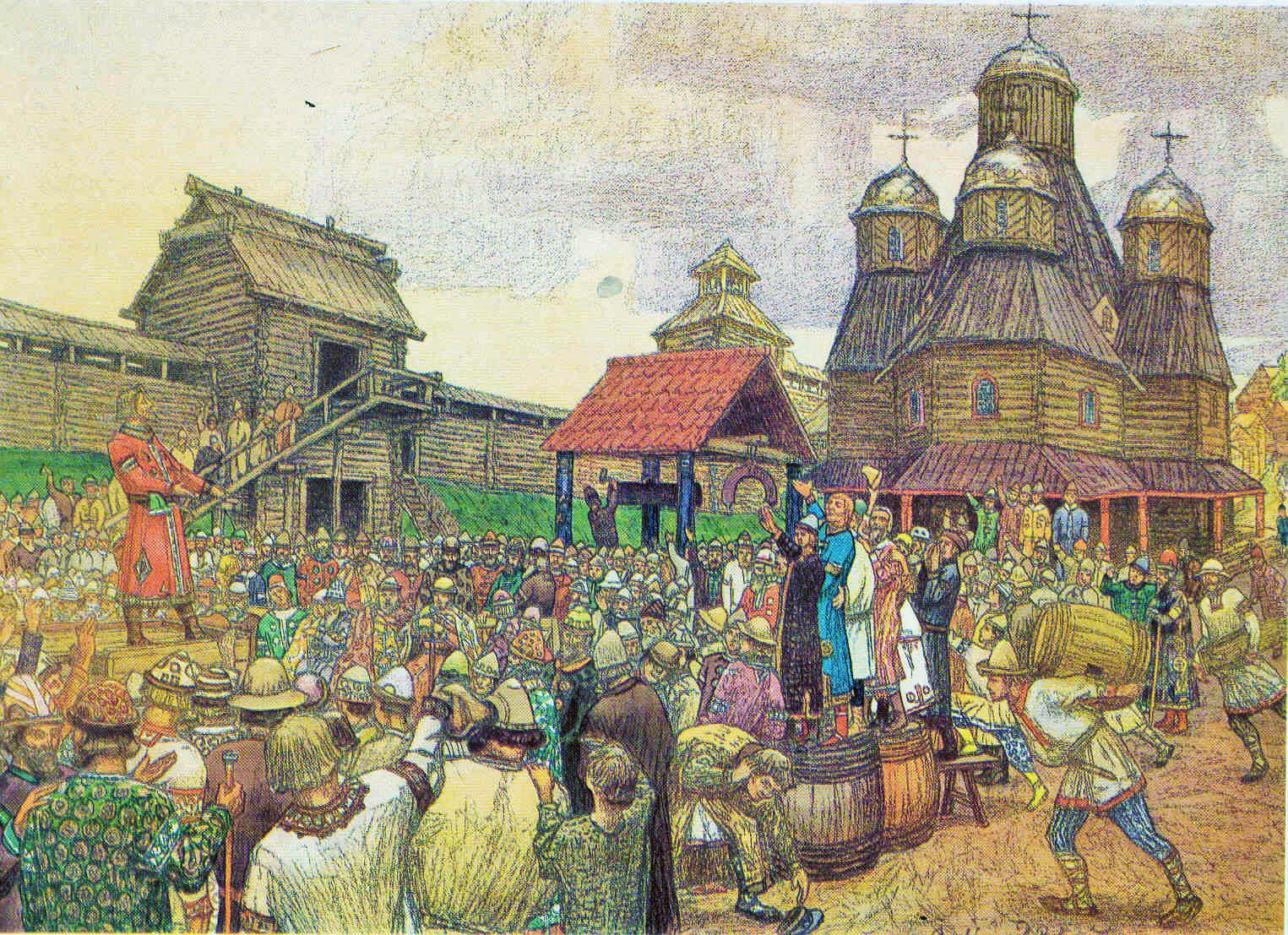
The heyday of winemaking in the Kyiv's monasteries
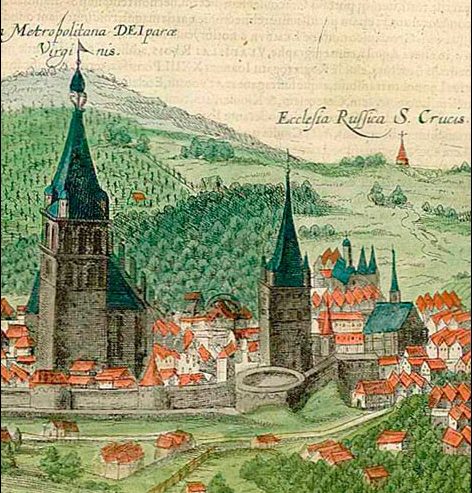
Development of winemaking in the western part of Ukraine
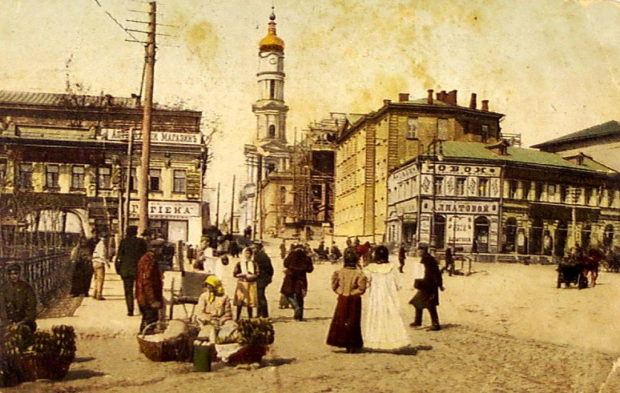
Development of winemaking in Eastern part of Ukraine - Kharkiv, Donetsk and Kherson regions
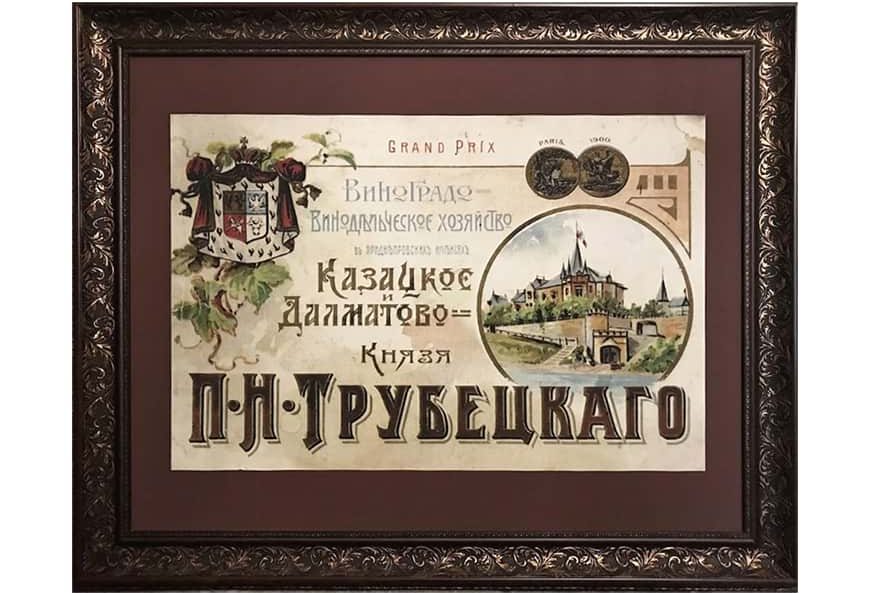
Riesling by Prince Trubetskoi's winery from Kherson won the Grand Prix at the Paris Exposition
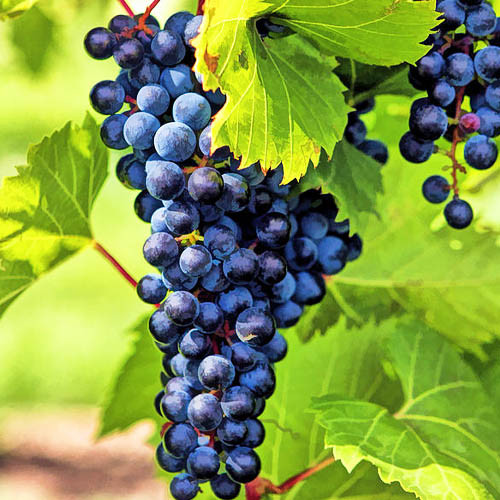
The grape variety was created by crossing Alicante Bushe and Cabernet Sauvignon at the "Institute of Viticulture and Winemaking V.E. Tairova"

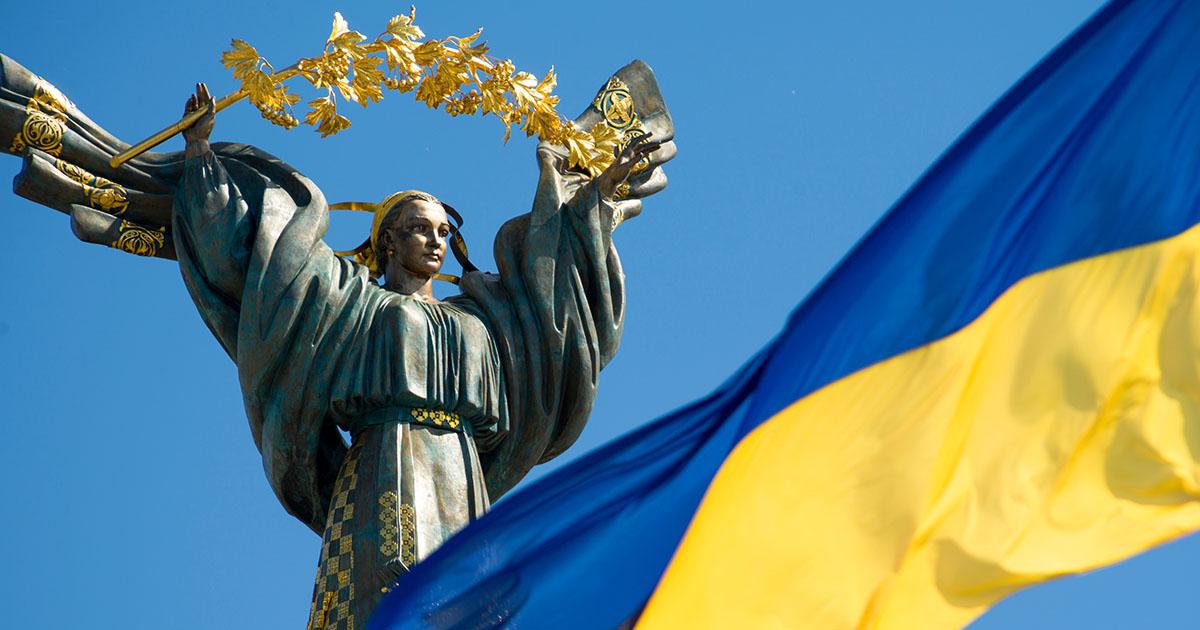
Beginning of a new path of development of winemaking
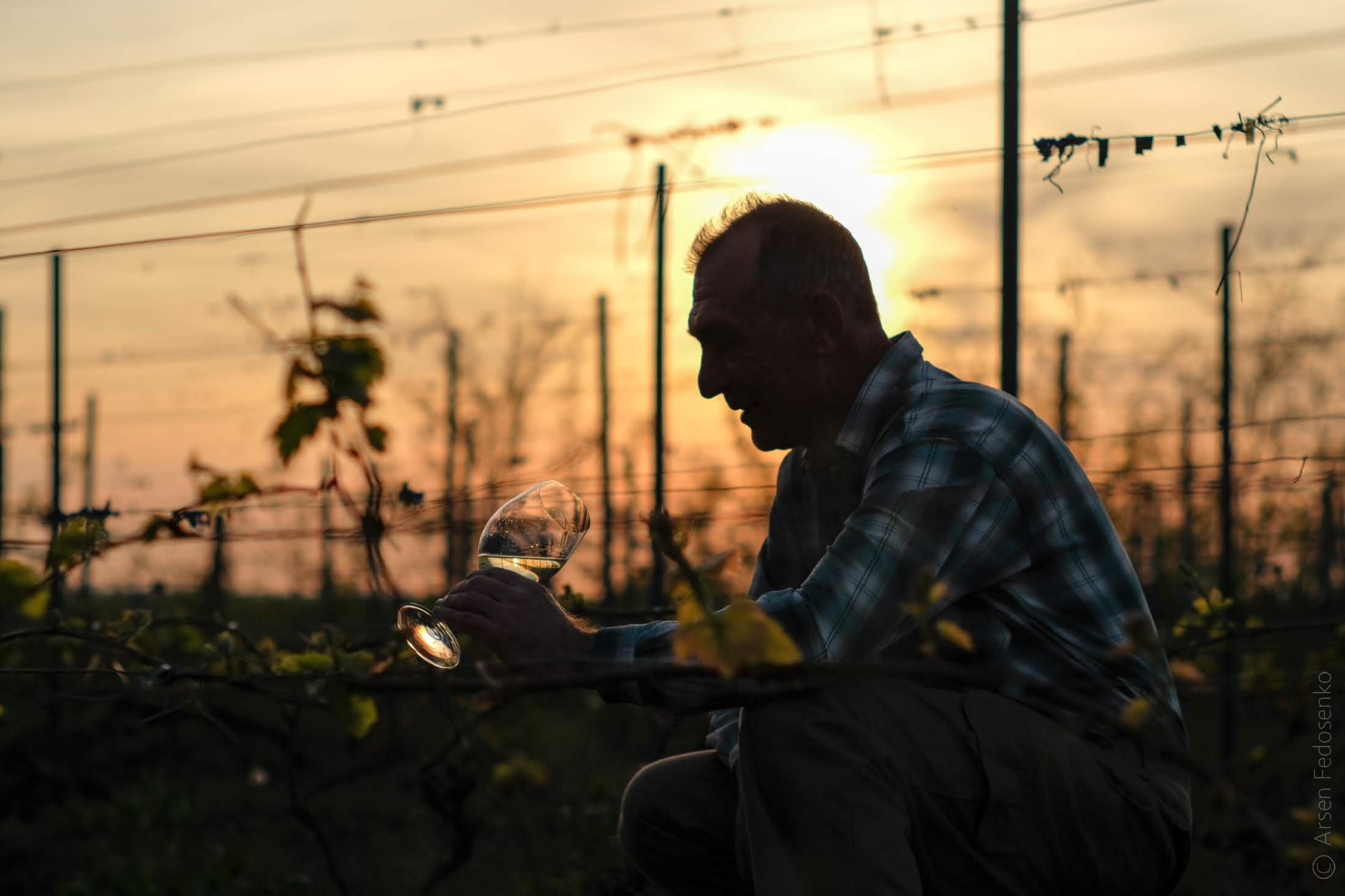
Modern technologies and growing production at family-owned wineries
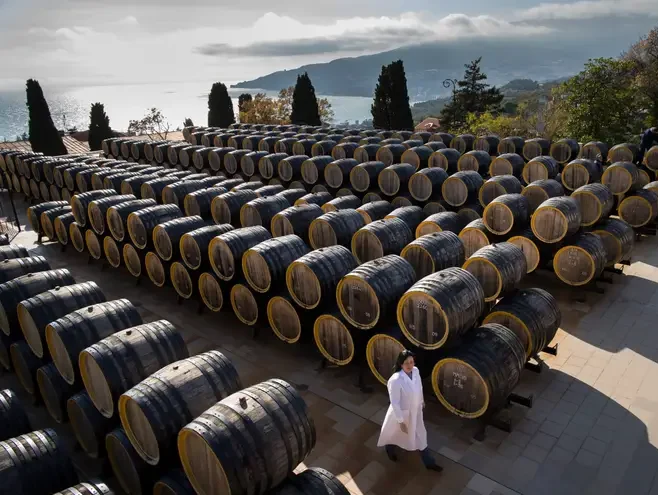
A unique area with 17,000 ha of vineyards with extensive grape varieties
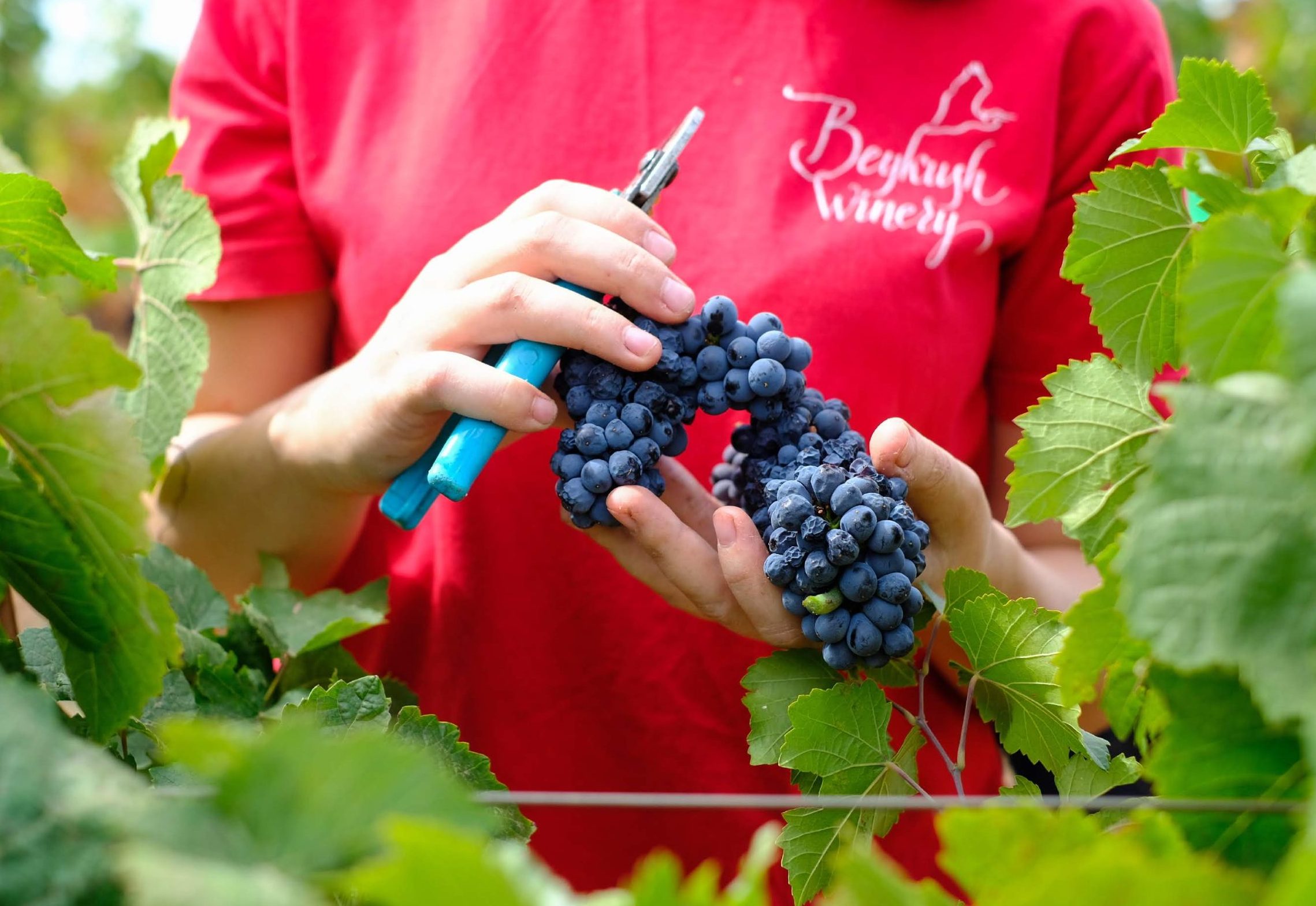
An upsurge of wine competitions, exhibitions, and award-wining Ukrainian wines
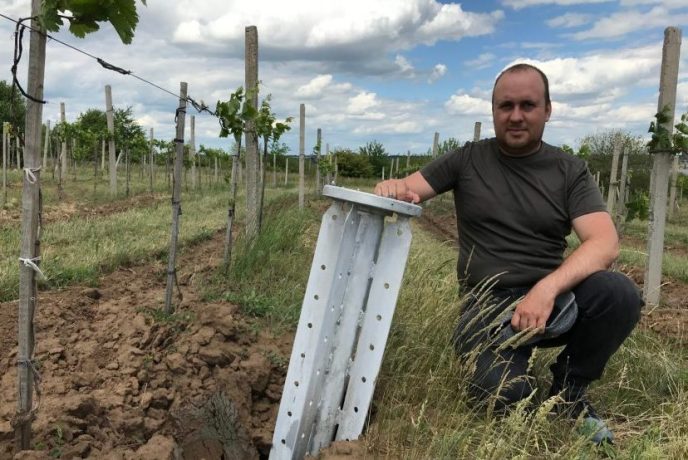
A turning point in Ukraine’s history that also affected the wine industry, resulting in occupied wineries, mined vineyards and damaged production facilities.
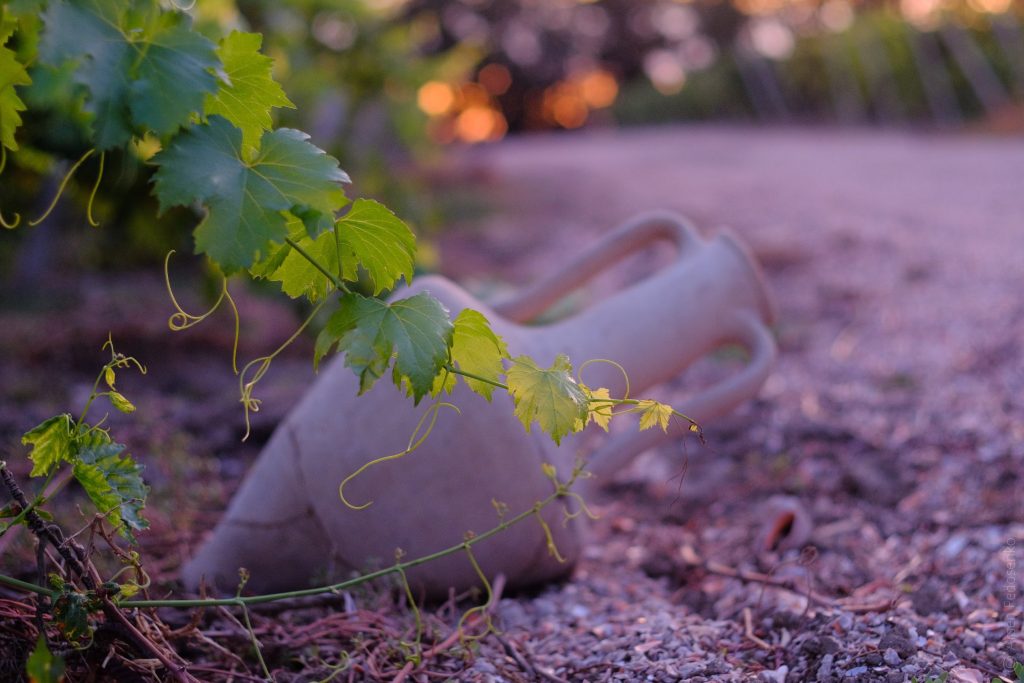
Some historians believe that winemaking was practiced in the territory of Ukraine thousands of years ago. Approximately in 5.000 BC a significant part of present-day Ukraine was populated by a highly developed Trypillian-Cucuteni civilization. One of the most striking characteristics of this civilization was a variety of ceramics, and grape seeds were found in their clay amphorae dating back to 7.000 years ago.
Winemaking reached its peak here during the antique period, from the 7th to the 3rd centuries. BC, when ancient Greeks colonized the Black Sea region (including Crimea of course) and Tavria. At that time, Olbia, Thira, Chersonesus, and the Bosporus state developed wine-making polities in the territory of present-day Ukraine.
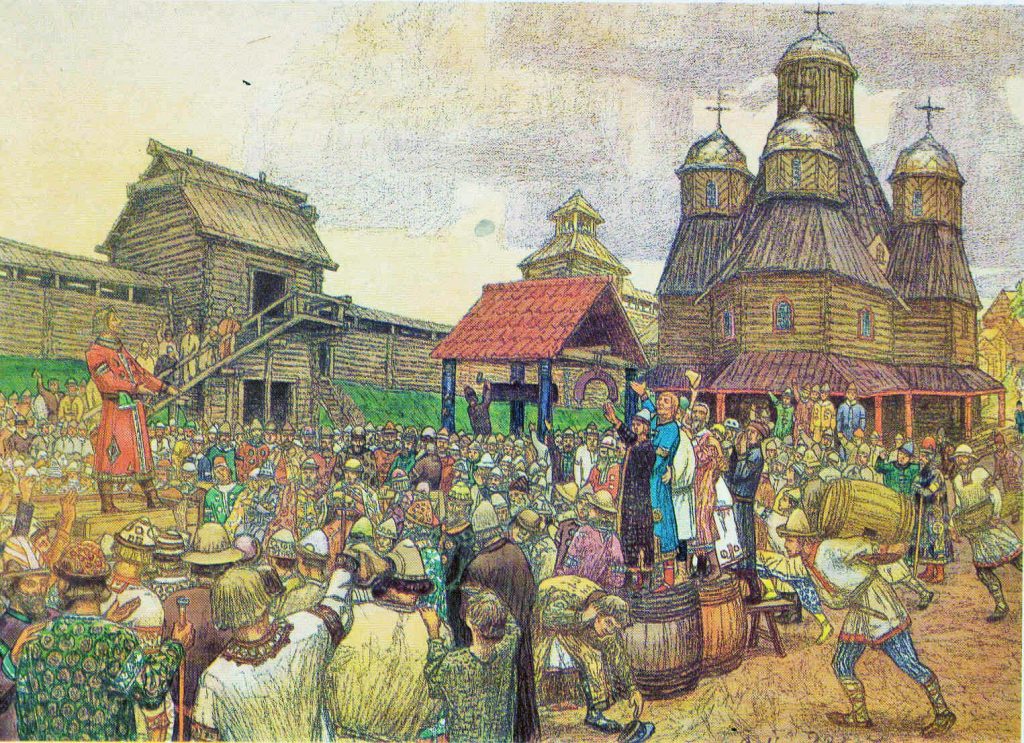
Winemaking was also booming during the times of Kyivan Rus’, practiced by monks (9-13 centuries AD), during the times of the Cossacks (15-18 centuries) and during the occupation of our territories by various empires.
In the 19th and 20th centuries, beautiful vineyards were growing all over Ukraine, south, north, east and west. The largest number of vineyards were located in Bessarabia, Podillia, Tavria, Black Sea Region and Zakarpattia (Transcarpathia). However, after the First World War Ukraine was occupied by the Soviets, and the situation changed dramatically.
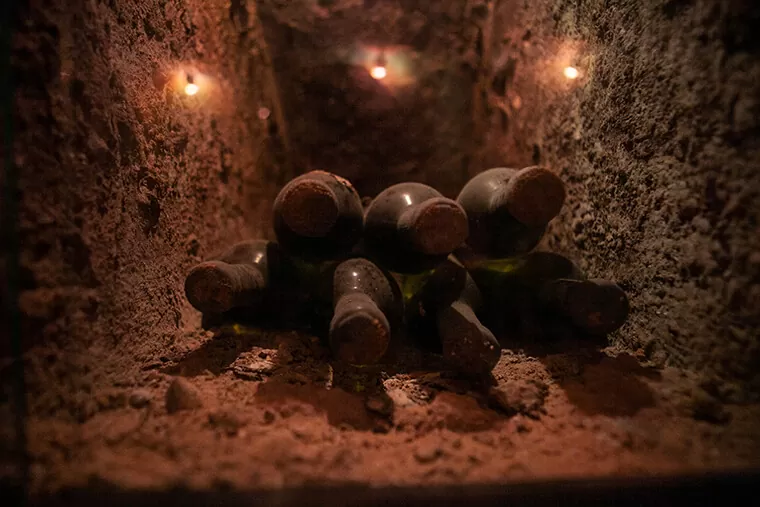
With the advent of the Soviet regime in 1922, a course was taken to produce a large amount of wine, rather than quality wine. The greater part of wine consumed in the USSR was fortified and dessert. Perhaps the best thing that this period brought to winemaking was breeding and scientific research. In 1985-1987, over 80% of the vineyards in Ukraine were eliminated as part of the “Anti-Alcohol Campaign” initiated by president Gorbachev. Hundreds of thousands of hectares of vineyards were destroyed, and unique local varieties were lost forever.
During the Soviet era, Ukraine was the main wine producer of the communist empire, with vineyards covering the area of about 248,000 hectares.
After Ukraine voted for Independence in 1991, Ukrainian winemaking industry began to transform and recover from the Soviet style of winemaking. Since the mid-2000s, the first wineries of the “new wave” have been formed in Ukraine: Chateau Chizay, SHABO, Kolonist, Beykush Winery etc.
After the occupation of Tavria (Crimea) in 2014, our market lost a significant part of its lands, unique terroirs, grape varieties, and sales markets. At the same time, however, more and more new wineries were emerging, ready to experiment with new varieties, technologies and terroirs.
One of the biggest trends of modern Ukrainian winemaking is the focus on quality rather than quantity. Harvest control resulting in richer concentration of taste and aroma in wines, no sugar added. Booming wine culture. Local consumption of wines has grown significantly, as opposed to strong alcohol (vodka, brandy) and beer, which, for decades, have been dominating Ukrainians’ beverage preferences.
